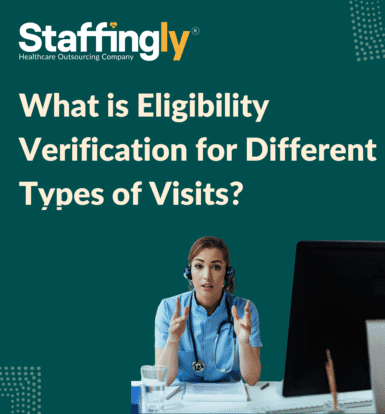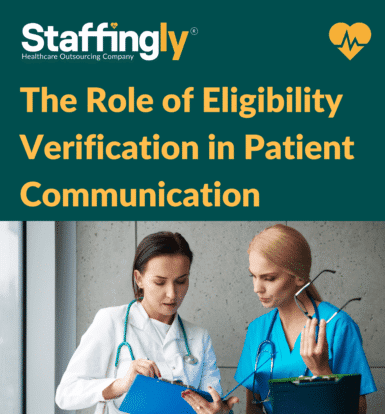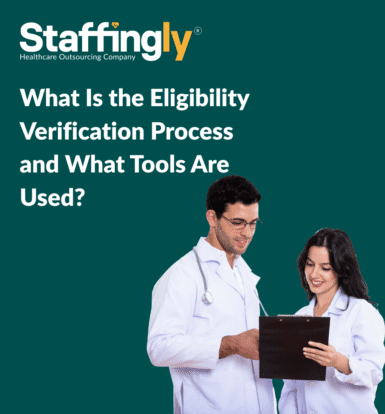On-Demand Outsourcing BPO Services for Healthcare Providers With 24/7 Coverage!
Save up to 70% on staffing costs!
Browse Specialty Staffing Services
How to Use KPI Dashboards to Detect RCM Inefficiencies?
Revenue Cycle Management (RCM) is the backbone of financial health in healthcare organizations. But with increasing complexities in billing, coding, insurance verification, and collections, inefficiencies can creep in unnoticed. That’s where KPI dashboards become invaluable. They turn raw data into actionable insights, helping leaders quickly identify where the revenue cycle is leaking money or time. In this article, we’ll explore how KPI dashboards work, which metrics matter most, and how to use them to improve your RCM performance. Key Takeaways

understanding payer contracts and their impact on RCM
Navigating the complex world of healthcare revenue cycle management (RCM) can be overwhelming for healthcare providers. One critical component of RCM that often goes overlooked is payer contracts. These contracts outline the terms of payment for services rendered to patients covered by insurance. Understanding the intricacies of payer contracts is essential for ensuring financial health and optimal cash flow within healthcare organizations. In this article, we’ll break down payer contracts, their role in RCM, and how they can impact a

How to handle each case (verified, unverified, manual check needed)?
Insurance status symbols are crucial visual cues used in healthcare billing and eligibility systems to indicate whether a patient’s insurance is active, unverified, or requires manual intervention. Proper interpretation and handling of these statuses ensure smoother workflows, fewer billing errors, and faster reimbursements. What Are Insurance Status Symbols? Insurance status symbols are system-generated indicators that reflect the outcome of an insurance eligibility check. These symbols are commonly used in EMRs, RCM software, and real-time portals like Availity Essentials. Each symbol

What is Eligibility Verification for Different Types of Visits?
Eligibility verification for medical visit types involves confirming a patient’s active insurance coverage and determining which services their health plan covers. This process ensures that healthcare providers receive proper reimbursement and that patients understand their financial responsibilities before receiving treatment. However, eligibility verification can vary depending on the type of visit — whether it’s an office appointment, emergency care, or a surgical procedure. Staffingly supports hospitals and clinics by managing the entire verification process, delivering accuracy, timely updates, and fewer

The Role of Eligibility Verification in Patient Communication
Eligibility verification isn’t just a billing task—it’s a trust-building opportunity. When patients understand their insurance coverage and financial responsibilities before receiving care, they feel respected, informed, and in control. That’s not just good service; it’s smart business. Practices that consistently verify eligibility ahead of time see fewer billing disputes, fewer no-shows, and significantly higher patient satisfaction scores. At the heart of it all? Clarity. Why Is Eligibility Verification Important for Patient Communication? Clear financial conversations start with clean insurance data.

How Does Eligibility Verification Affect Claim Denials?
In healthcare, what starts at the front desk doesn’t stay at the front desk. One missing insurance detail can lead to denied claims, delayed reimbursements, or worse—surprise bills that frustrate patients and damage trust. That’s where accurate eligibility verification in healthcare steps in. It ensures every patient encounter begins with financial clarity—for both the provider and the patient. Done correctly, it streamlines billing, reduces administrative rework, and improves overall satisfaction. Why Accurate Eligibility Verification Matters Accurate verification of insurance eligibility

Detailed walkthrough of the process for verifying insurance for new and returning patients during office visits
Eligibility verification for office visits is the process of confirming whether a patient’s insurance policy is active and determining the services, procedures, or treatments covered under their plan. This step helps ensure patients are financially prepared, and healthcare providers are reimbursed accurately and on time. For both new and returning patients, eligibility checks help avoid claim denials, reduce billing errors, and create a seamless administrative workflow. This process is especially important in outpatient care, where a high volume of daily

What Is the Eligibility Verification Process and What Tools Are Used?
Eligibility verification is the process of confirming whether a patient’s health insurance coverage is active and determining which services are covered under their specific plan. It ensures that healthcare providers and patients clearly understand the financial aspects of the care being provided, including coverage limitations, patient cost-sharing responsibilities (like copays and deductibles), and any preauthorization requirements. This essential administrative step is crucial for accurate billing and a seamless care experience. Why is Eligibility Verification Important? Eligibility verification offers several key
 Book a Demo to Build Your Team Today!
Book a Demo to Build Your Team Today!


 Read Case Studies
Read Case Studies 


 Virtual Medical Assistants
Virtual Medical Assistants



